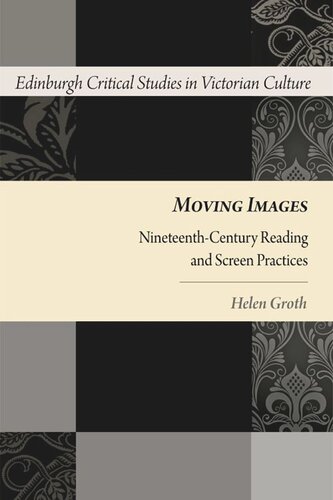

Most ebook files are in PDF format, so you can easily read them using various software such as Foxit Reader or directly on the Google Chrome browser.
Some ebook files are released by publishers in other formats such as .awz, .mobi, .epub, .fb2, etc. You may need to install specific software to read these formats on mobile/PC, such as Calibre.
Please read the tutorial at this link: https://ebookbell.com/faq
We offer FREE conversion to the popular formats you request; however, this may take some time. Therefore, right after payment, please email us, and we will try to provide the service as quickly as possible.
For some exceptional file formats or broken links (if any), please refrain from opening any disputes. Instead, email us first, and we will try to assist within a maximum of 6 hours.
EbookBell Team

4.3
78 reviewsThis book examines how the productive interplay between nineteenth-century literary and visual media paralleled the emergence of a modern psychological understanding of the ways in which reading, viewing and dreaming generate moving images in the mind. Reading between these parallel histories of mind and media reveals a dynamic conceptual, aesthetic and technological engagement with the moving image that, in turn, produces a new understanding of the production and circulation of the work of key nineteenth-century writers, such as Lord Byron, Walter Scott, Lewis Carroll, Charles Dickens and William Makepeace Thackeray. As Helen Groth shows, this engagement is both typical of the nineteenth-century in its preoccupation with questions of automatism and volition (unconscious and conscious thought), spirit and materiality, art and machine, but also definitively modern in its secular articulation of the instructive and entertaining applications of making images move both inside and outside the mind.